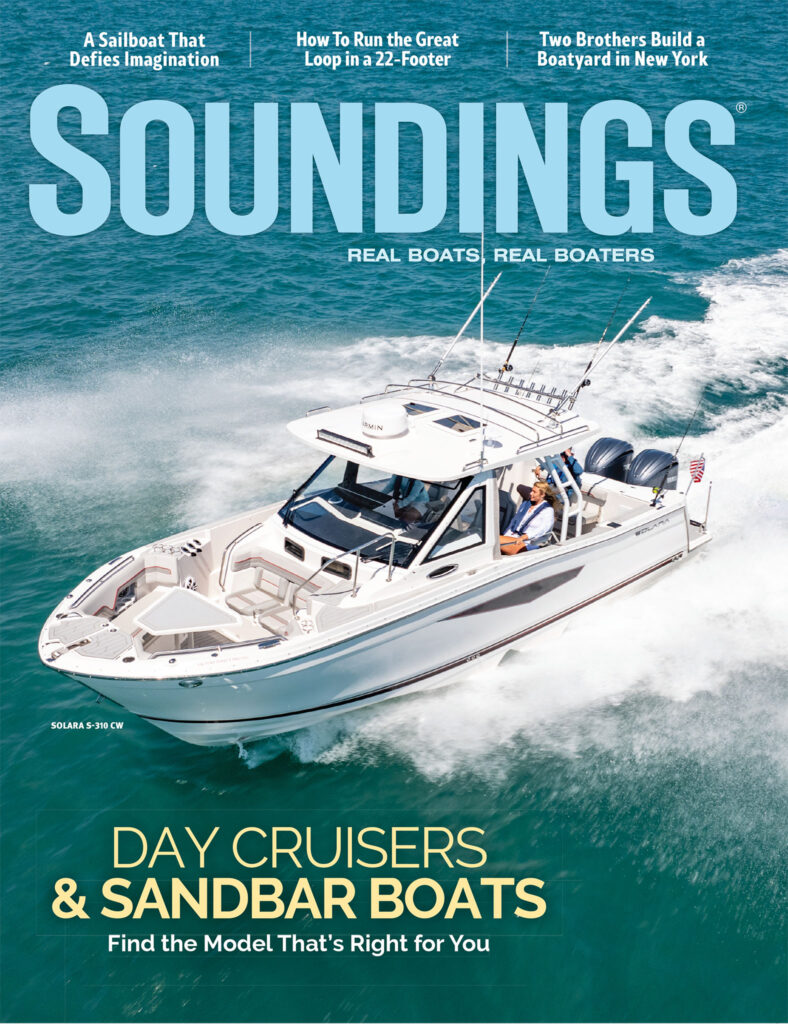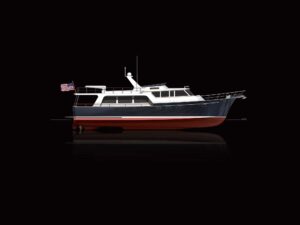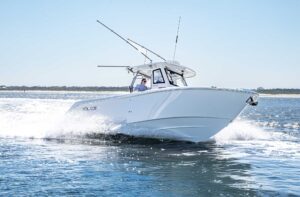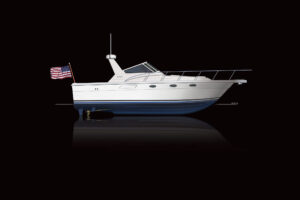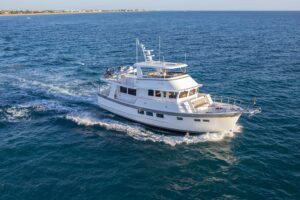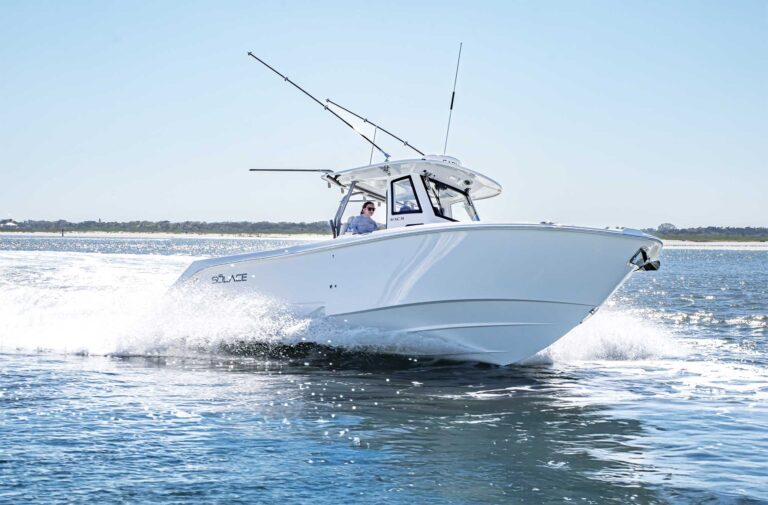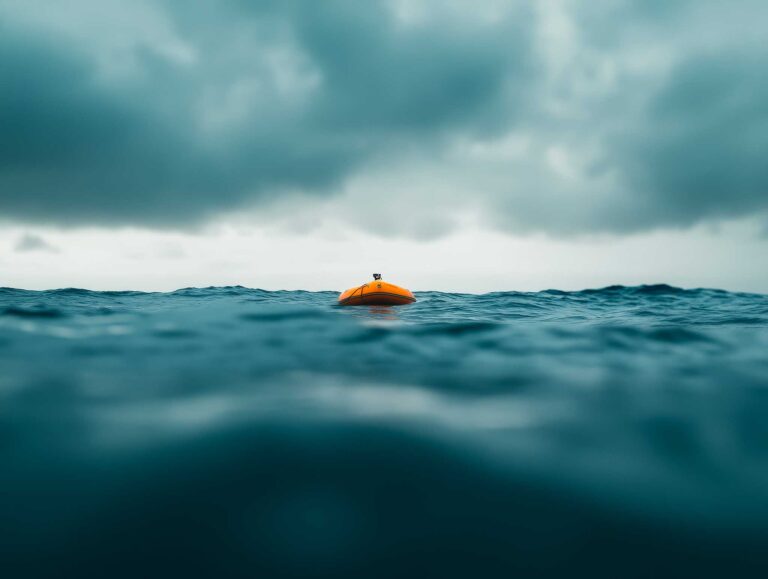In the late 1960s the fiberglass revolution was in full march, and Swedish yacht designer Per Brohäll was taking a new look at a traditional design known as a snekke. The snekke was a small wooden displacement-hull boat with an amidships wheelhouse that joined the cockpit. It slept four and had a galley and a head.

Using fiberglass construction, diesel propulsion and a family-oriented design, Brohäll figured his take on the snekke could be the basis for a new boat with a semidisplacement hull and 10-knot speed. It would be seaworthy and roomy above deck and below, and with a single small diesel it would be inexpensive to run.
In 1968, Brohäll produced a 25-foot “second-generation snekke” for Swedish builder Albin Marine. Today the Albin 25 stands as one of the modern era’s most popular designs, with more than 2,000 sold around the world. Americans in particular embraced the practical, economical and trailerable boat. During its production run from 1968 to 1981, Brohäll’s distinctive little craft helped establish today’s “pocket trawler.”
Albin offered the 25 in cruising and motorsailing models, as well as semifinished for do-it-yourselfers to complete. Its deep keel improved sailing qualities, protected the prop and added to the boat’s lateral stability.
In the after cabin the bunks extended below the cockpit to increaselegroom. The galley and head shared the forward cabin with a V-berth. The wheelhouse, with its distinctive windows and roll-back sunroof, housed the helm station.
The first boats were powered by a 20-hp diesel that Albin manufactured. The builder later upgraded to a 30-hp Volvo diesel that delivered 9- to 10-knot speeds at an economical 1.5 gph.
The Albin 25 still has a devoted following. A Web search shows owners pocket-cruising all sorts of locales, from the Great Lakes to the Caribbean. “We had enormous fun [with the boat],” says one longtime owner. “And it proved completely reliable in varied conditions.”
This article originally appeared in the April 2016 issue.

